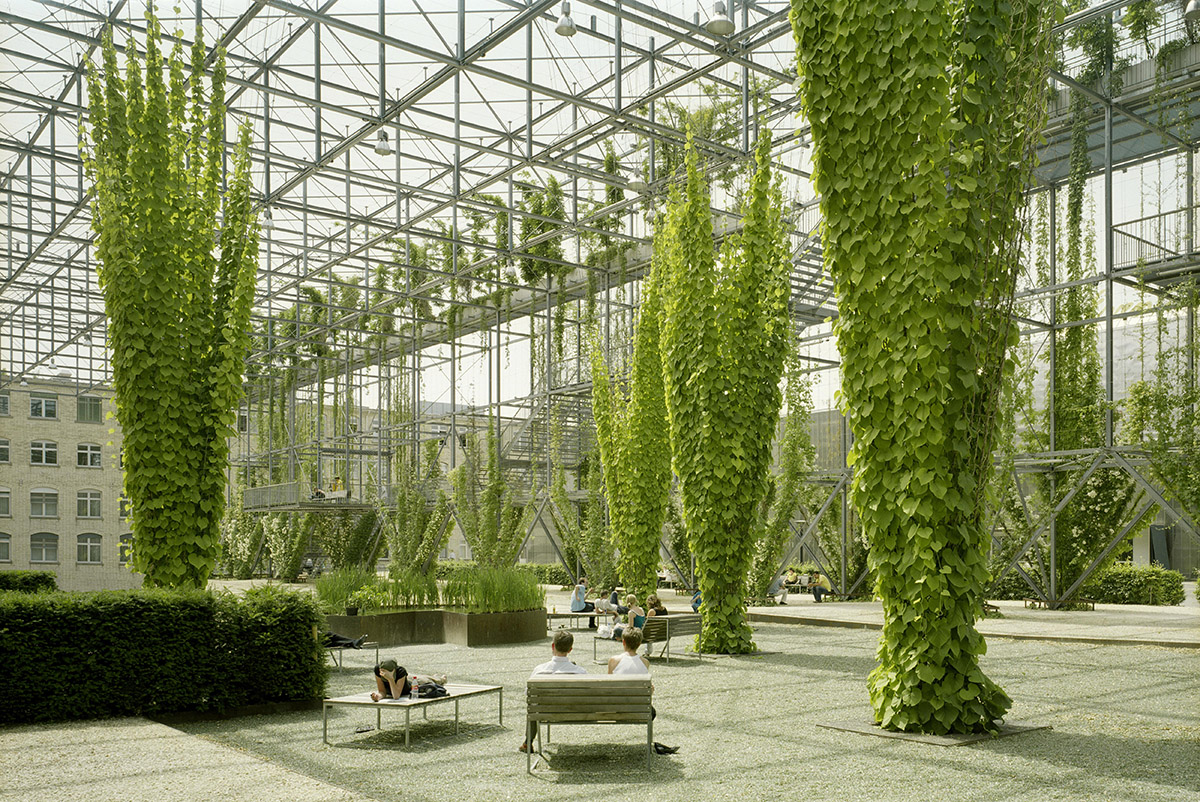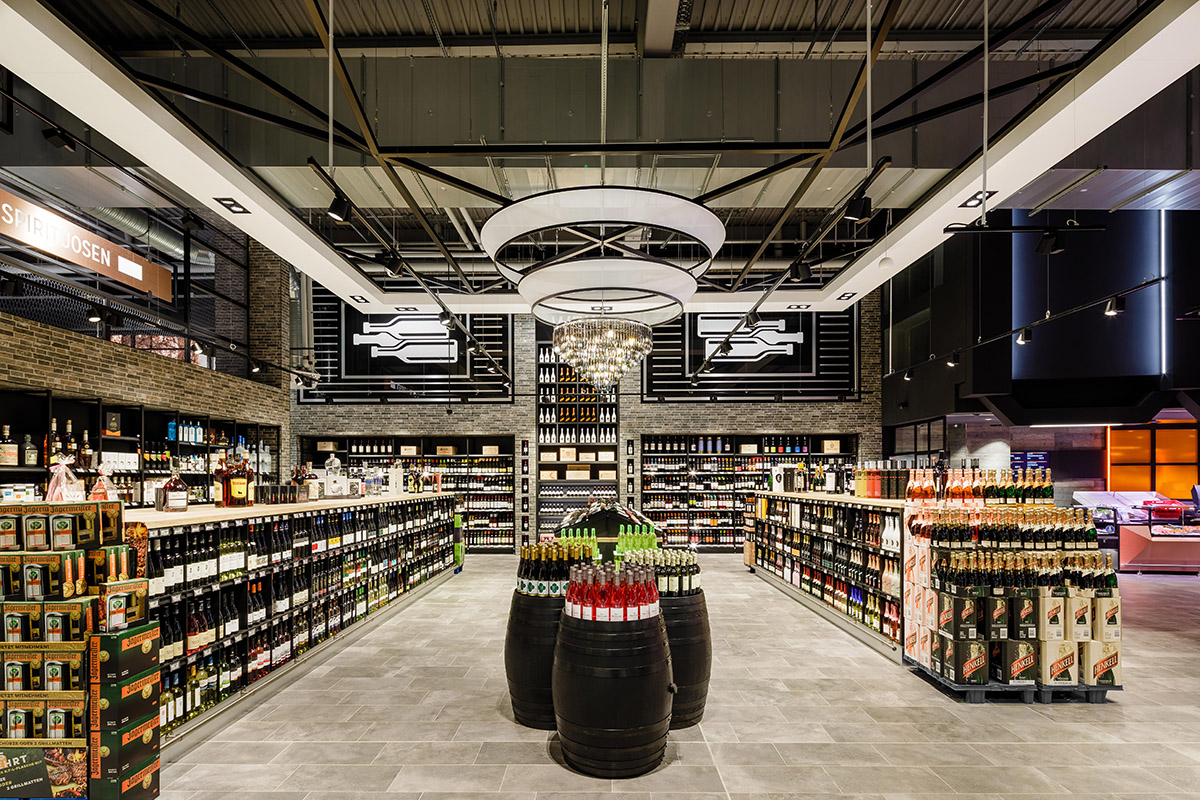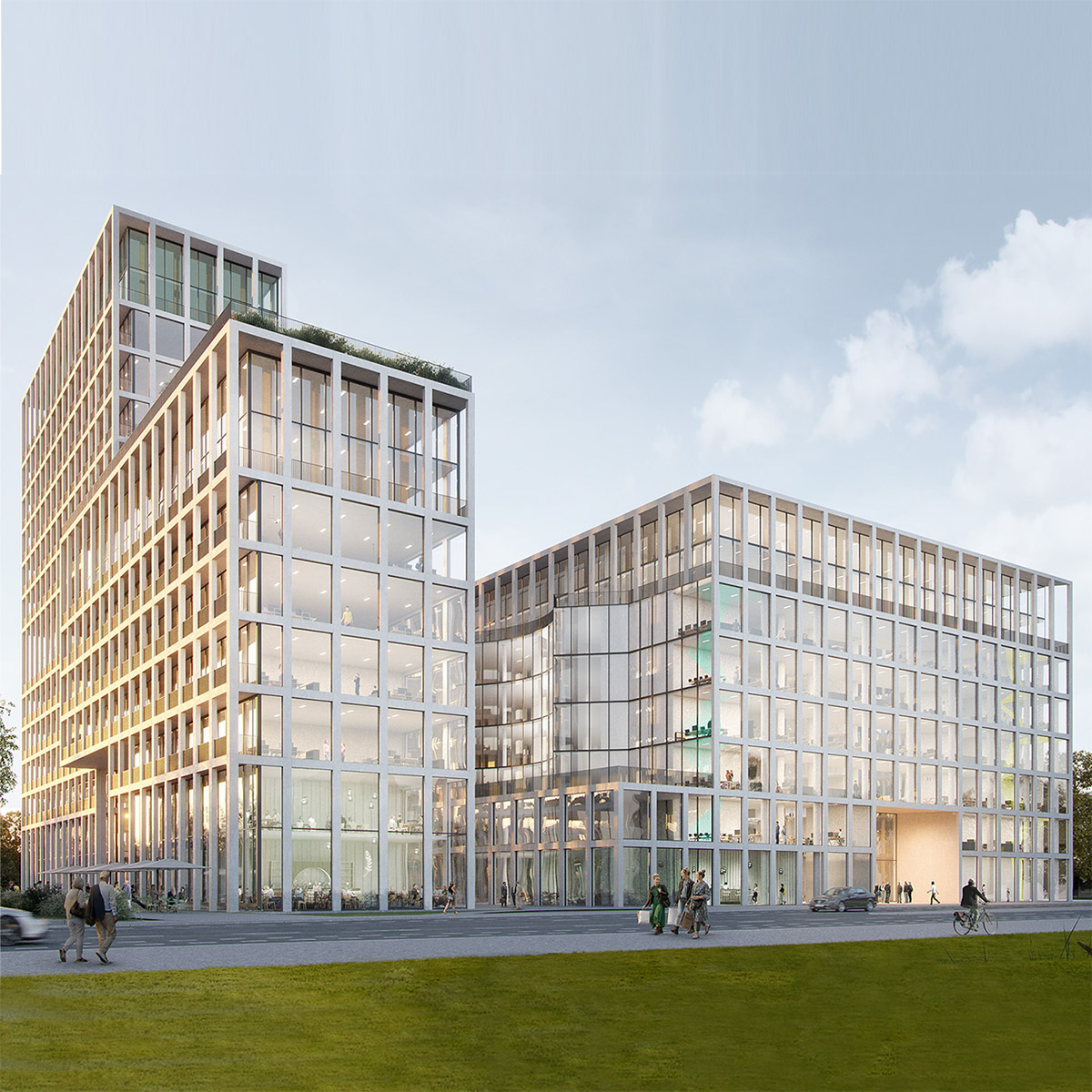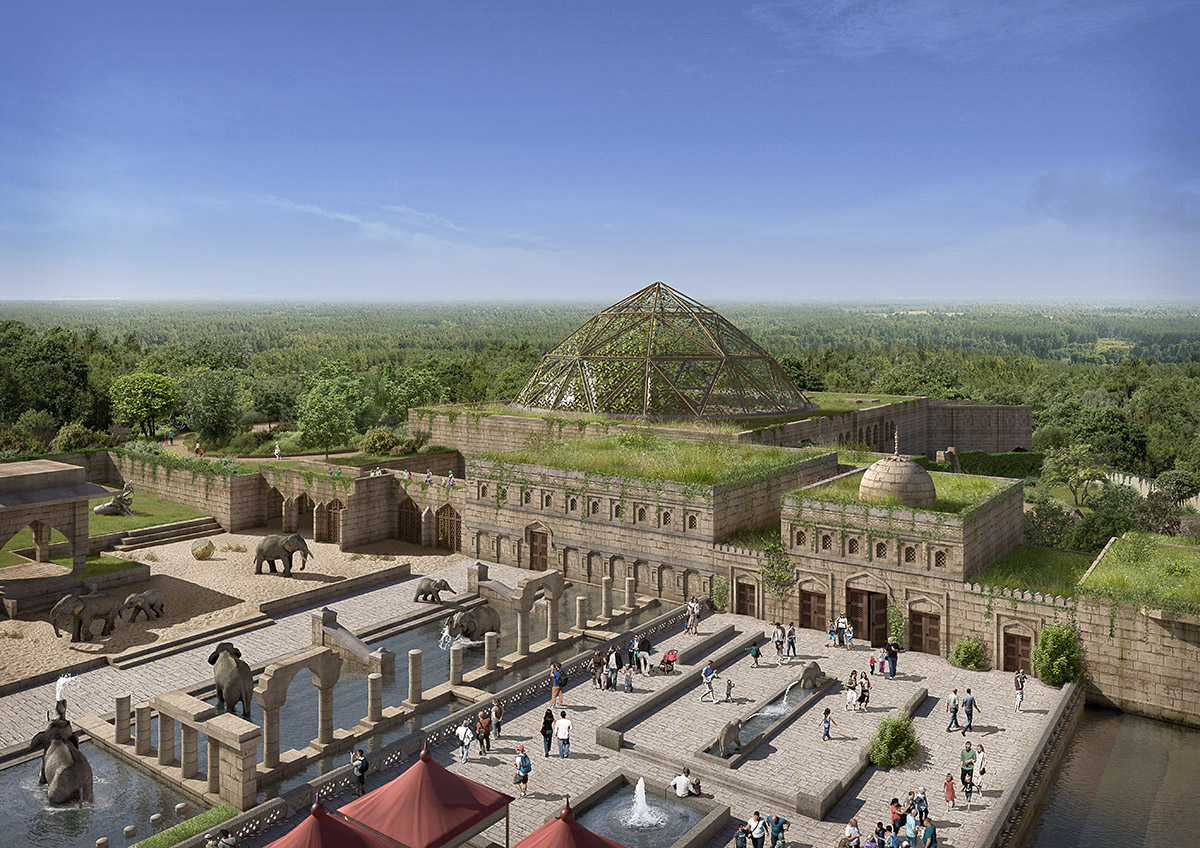Bauhaus 100
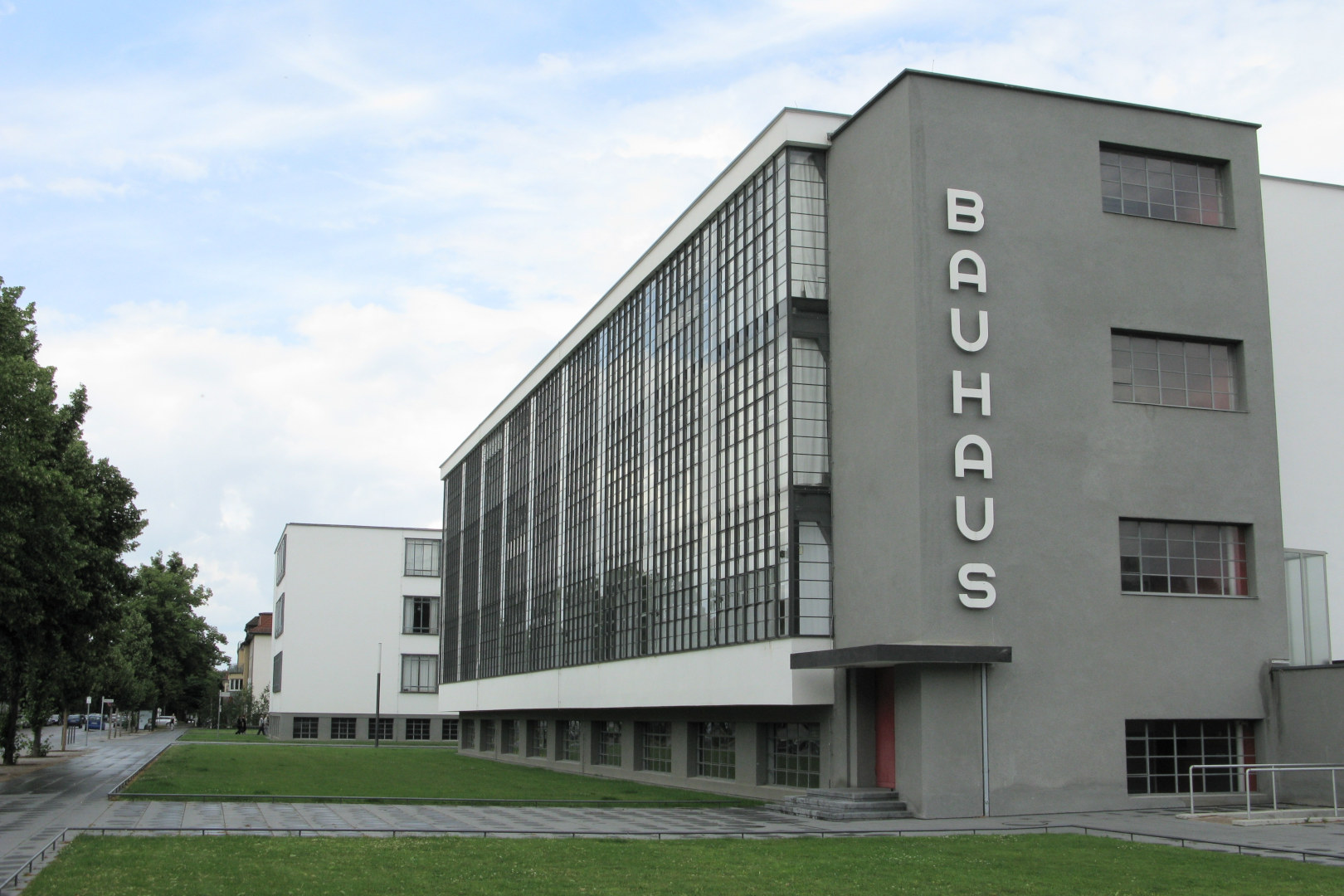
E ven though the Staatliches Bauhaus, commonly known simply as Bauhaus, only existed for 14 years, it revolutionised artistic and architectural thinking and work in the 20th century. In 2019, Bauhaus turns 100 years old.

Bauhaus Museum Weimar Lounge. Photo © Klassik Stiftung Weimar
Weimar
The foundation stone for the Bauhaus was already laid in 1902 by Henry van de Velde, when he established the Kunstgewerbliches Seminar (College of Applied Arts). But it was not until 1919 that German architect Walter Gropius merged the Grand Ducal School of Arts and Crafts and the Weimar Academy of Fine Art into the Staatliches Bauhaus. The new school combined the fine arts, crafts and design into one institution with the aim of creating a Gesamtkunstwerk, or total work of art.
The Bauhaus was more than just a place to teach and learn. It was a lifestyle, the beginning of the art school as an alternative way of life. “It was a commune, a spiritual movement, a radical approach to art in all its forms, a philosophical centre”, journalist Tom Wolfe wrote in his book From Bauhaus to Our House. Students, half of them women, lived together, worked together and held legendary parties, masked balls, kite processions and experimental light and music evenings.

Weimar University. Photo © VG Bild-Kunst
The teaching staff was of the highest calibre. The initial faculty, consisting of Johannes Itten, Lyonel Feininger, Gerhard Marcks and Gropius, were joined by Oskar Schlemmer, Paul Klee and Wassily Kandinsky within three years of opening. Eccentric Swiss painter Itten shaped the school’s early Expressionist direction and taught Bauhaus’s famous required course on the fundamentals of colour, form and material.
The Bauhaus Museum (moving into a new building in spring 2019) has a collection of some 11,000 Bauhaus objects, including the world’s oldest collection, authorised by Gropius. Thuringia’s Hauptstaatsarchiv holds documents and materials relevant to the early years while Haus am Horn, which in 1923 was built as a showcase home, is the very first building constructed based on Bauhaus designs. The main building of the Bauhaus University and the former School of Arts and Crafts, both designed by the Belgian Van de Velde, are pure Bauhaus too.
Dessau
In 1925, due to increasing political pressure in Weimar, Bauhaus relocated to the industrial city of Dessau, where Gropius fulfilled his vision of a purpose-designed building that combined workshops, lecture rooms, theatre, refectory and student accommodation. The Bauhaus building, erected through 1925 and 1926, with its simple cubic forms and shimmering glass surfaces, became an icon of modernism, a place where art and technology were to merge into a new unity.

The Bauhaus Band, Dessau 1930. Photo © Bauhaus-Archiv Berlin
After Gropius resigned in 1928, his successor Hannes Meyer, a radical functionalist, changed direction for the school, but his Communist affiliations forced him out of office in 1930. His replacement, Ludwig Mies van der Rohe, transformed Bauhaus in its later years into a fully developed school of architecture.
The Bauhaus Dessau Foundation runs guided tours that explore the Bauhaus Building incl. the historical canteen with the Marcel Breuer-designed stools, the nearby Masters’ Houses and the Törten Estate, a workers’ housing project on the edge of town. The climax of the centenary programme will be the opening of the new Bauhaus Museum Dessau in September 2019.
Berlin
When the Nazis took control of the Dessau City Council, the Bauhaus was forced to move yet again. In 1932, Mies set up the school in a derelict telephone factory in Berlin, financing it with his own money. The school operated for another ten months without further interference but on 11 April 1933, police raided the premises and students were shoved into trucks. The faculty staff agreed to voluntarily shut down the school. After Bauhaus’s closure, the Nazis continued to persecute its former members, accusing them of ‘un-German’ ideas and ‘cultural Bolshevism’.

Bauhaus-Archiv Berlin. Photo © VG Bild-Kunst
Though the Bauhaus existed in Berlin for less than a year, there are plenty of remnants — from the Bauhaus-Archiv, one of Gropius’s last designs, to the Museum Berggruen’s collection of around 60 Paul Klee paintings and the Kandinskys of the Mies-designed Neue Nationalgalerie, which is expected to reopen for the centenary. Berlin’s most substantial Bauhaus building is the ADGB Trade Union School in the suburb of Bernau, a zigzagging functionalist complex of brick, steel and glass surrounded by pine forests.
Germany might be the birthplace of Bauhaus but its influence can still be felt worldwide from the buildings of Tel Aviv’s White City to the teachings of the Shillito Design School in Sydney whose founder Phyllis Shillito firmly believed that “A student who has mastered the basic principles of design, can design anything from a dress to a kitchen stove”.

Bauhaus100 logo. Photo © Klassikstiftung Weimar
Subscribe to Our Newsletter
Receive our monthly newsletter by email
